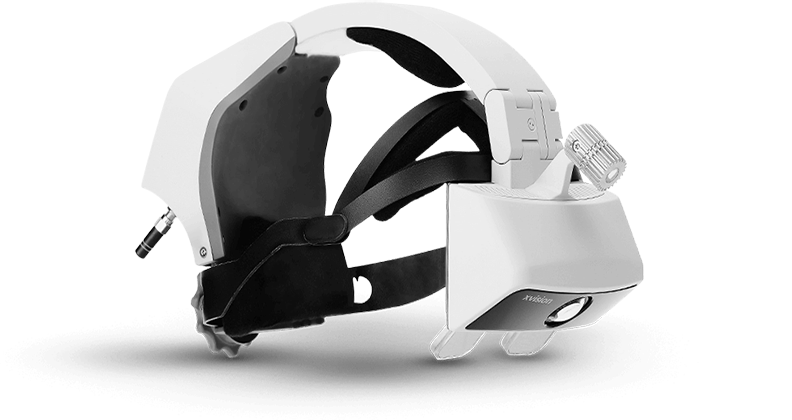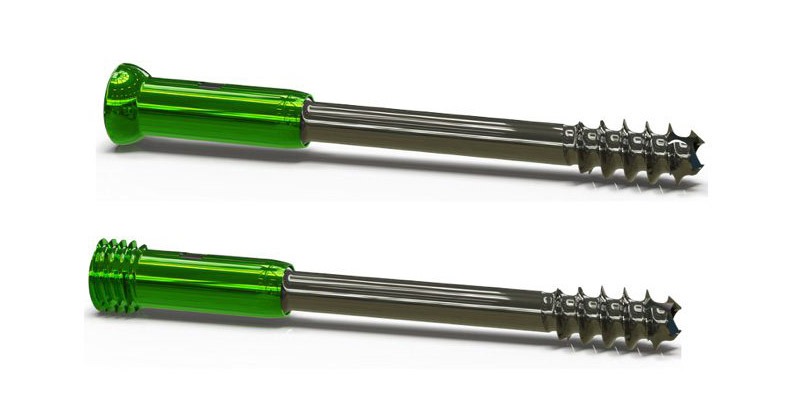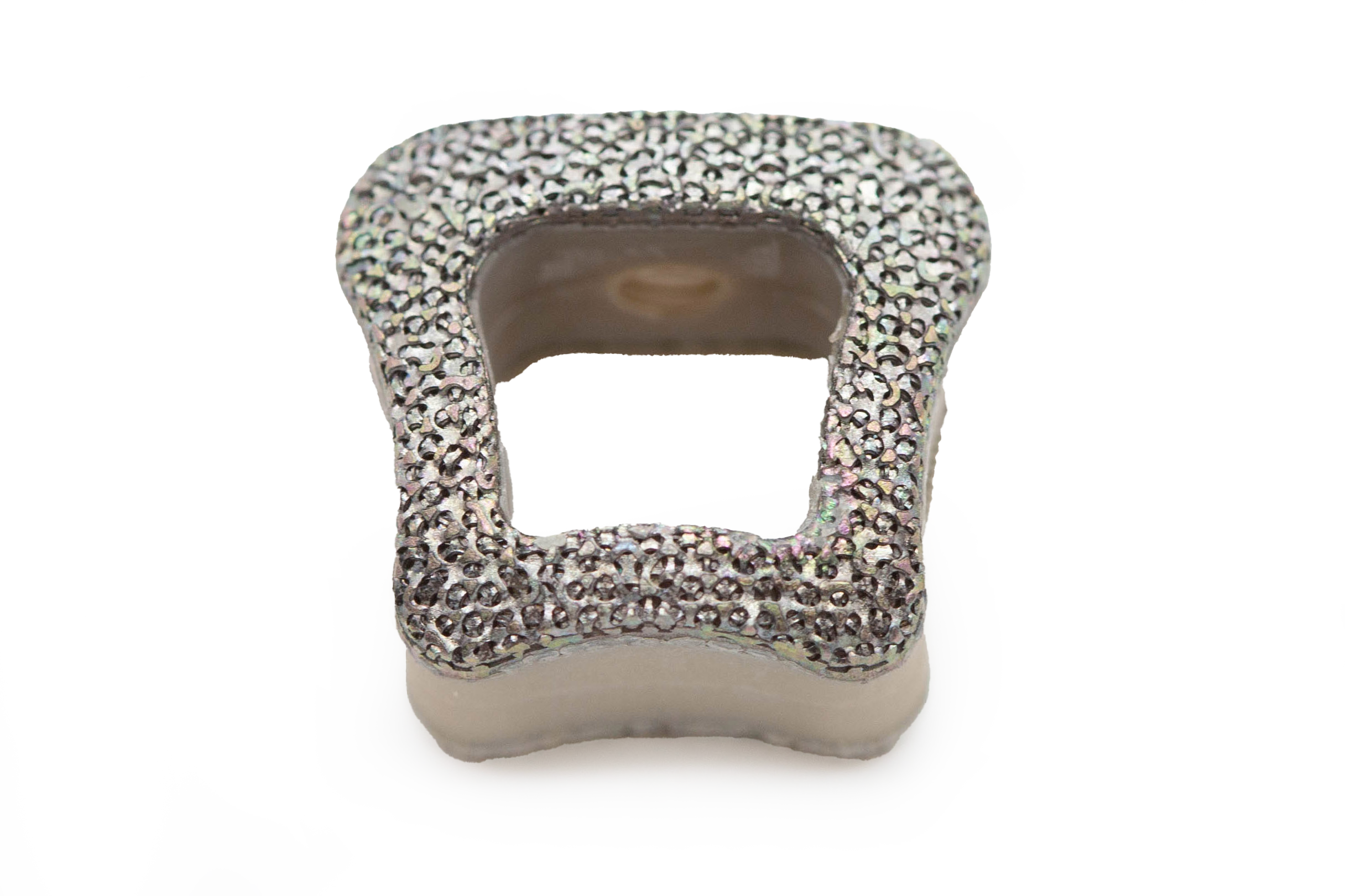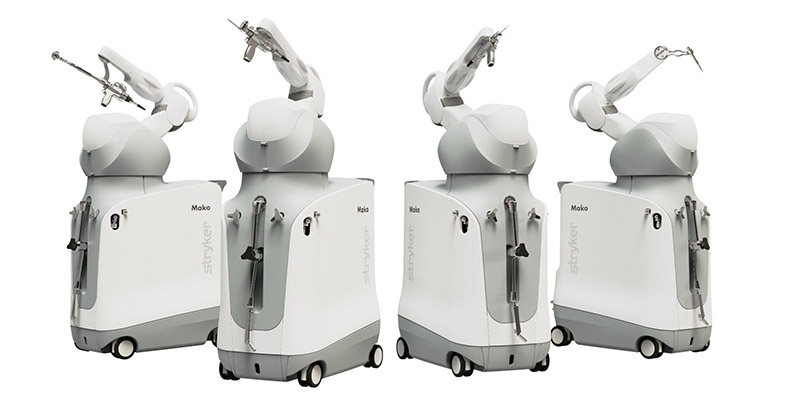
The enabling technology market grew in the high single digits to a worldwide total of $1.4 billion in 2024, according to ORTHOWORLD Senior Market Analyst Mike Evers. He believes the importance of enabling technology goes well beyond its sales figures, however, noting that it is disrupting the competitive dynamics of the joint replacement and spine markets.
Evers expects continued demand for capital equipment, competitive pressure at the top of the market and a focus on creating optionality within digital portfolios to drive growth across orthopedics.
Tim Czartoski, President of U.S. Surgical and Global Product and Enabling Technologies at Enovis, believes orthopedic companies need to acknowledge the economic pressures that are impacting the industry.
“The demand for greater efficiency is real,” Czartoski said. “There’s also a clear shift in the site of care, with more procedures moving to ASCs. That makes it even more important to be thoughtful about how the value of new technologies is delivered.”
Czartoski said Enovis’ technology strategy is straightforward: The company is committed to delivering solutions that make procedures easier and more efficient for surgeons to perform. “If we can’t view a new technology through that lens, we’re simply not going to pursue it,” he added.
Enovis’ Arvis, a handheld, portable device with augmented reality (AR) capabilities, provides real-time imaging of bone and implant positioning during joint replacement surgery.
“We see Arvis as the next step in AR-based surgical technology by providing a powerful blend of innovation, efficiency and surgeon support,” Czartoski said. “It’s a great example of how we can apply cutting-edge tools while staying mindful of cost and clinical impact.”
Stryker divested its spine implant business earlier this year to VB Spine but retained control of the Mako robotic platform, which Stryker believes has the capabilities to drive growth of the company’s digital portfolio: a strong installed base, sophisticated software and a skilled development team.
“It became an obvious choice for us to go all-in on Mako,” said Keith Evans, Vice President and General Manager of Stryker’s Mako and enabling technologies business. “At the same time, we aligned that decision with the work already being done by our hip, knee and shoulder teams who were building applications for the Mako platform. Today, we have a unified and robust technological foundation.”
Stryker’s Q Guidance System, an advanced surgical planning system, powers Mako 4 across its various applications. CoPilot offers 360-degree tracking of drills and features Smart Alert zones, which promote safer and more effective spinal decompressions. Stryker’s Blueprint 3D planning software for shoulder replacement has garnered rave reviews from surgeon users.
“We absolutely believe there’s still significant growth ahead for these technologies, particularly with Blueprint solutions driving organic momentum,” Evans said. “The combination creates a compelling ecosystem that can attract and support surgeons. It’s about expanding their comfort zones and opening new opportunities for adoption.”
In 2021, Stryker established the DRE (Digital Robotics Enabling Tech) R&D team. DRE brings together the experts into a unified structure, allowing the company to leverage their knowledge across divisions, regardless of which product or team they were supporting. Then, last January, Stryker launched a business unit that represents the commercial arm of that effort.
“This structure gives us a consolidated investment pool and aligns us more closely with our implant counterparts,” Evans said. “It also eliminates the need for siloed or disparate decision-making, enabling us to move faster and make the best strategic decisions for the company.”
DC
Dan Cook is a Senior Editor at ORTHOWORLD. He develops content focused on important industry trends, top thought leaders and innovative technologies.




